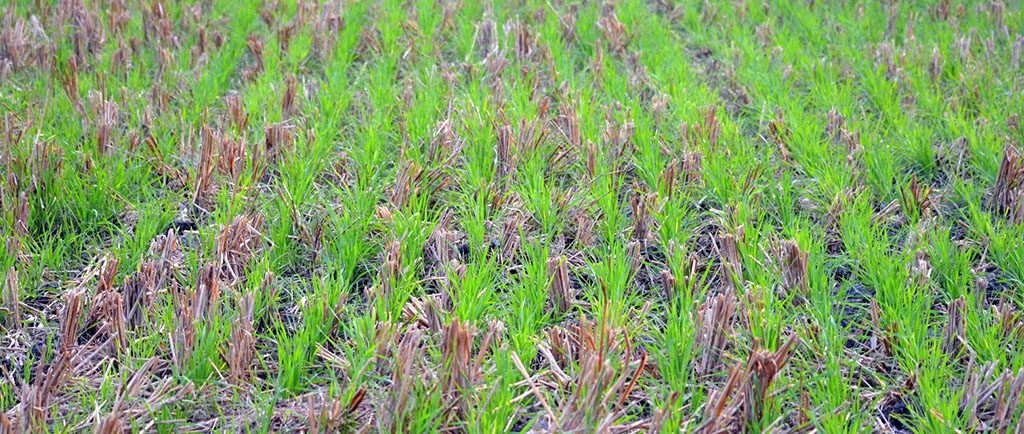Towards Large-scale Adoption of Zero Tillage in Bihar

As scaling of zero tillage hinges significantly on affordable access to custom-hire services, a new study finds out who are most likely to provide zero tillage services at scale.
The Eastern Indian state of Bihar has the highest population growth rate in the country, an increasing per-capita wheat consumption and the lowest wheat yields in the Indo-Gangetic Plains (IGP). Bihar is already a net importer of wheat, and the regions that currently supply wheat to it, such as the Northwestern state of Punjab, have comparatively little scope for further boosting yields. Without concerted efforts to enhance agricultural productivity, the gap between consumption and production in this densely populated state of 104 million people is poised to widen further.
Zero tillage (ZT), one of CSISA’s cornerstone interventions, is a proven technology for enhancing wheat productivity while reducing production costs. However, few farmers in Bihar – and the IGP – possess their own tractors and even fewer the specialized seed drills essential for ZT. As a consequence, the large-scale adoption of ZT largely hinges upon affordable access to custom-hire services. While this service economy for ZT is expanding in Eastern India, it largely remains in the early stages of growth. Service provision businesses are predominantly uncharacterized and related business dynamics are poorly understood.
A recent study by researchers from the International Maize and Wheat Improvement Center (CIMMYT) under the Cereal Systems Initiative for South Asia (CSISA) identified factors that influence ZT entrepreneurship, encompassing new business formation and the resulting scale of the enterprise. The study used data from a census of 270 ZT service providers in Bihar which were pooled with those of 1,000 randomly selected wheat farmers located in the same districts – to identify determinants of undertaking ZT service provision. It was found that, in general, large-scale and well-educated farmers with extensive social networks – those expected to own a four-wheel tractor for their own farm purposes – were most likely to pursue ZT service provision. This was expected, since only 8.3 percent of the surveyed farm households owned a tractor.
More importantly, the study established that among this stratum it is the relatively smaller farmers and those with a relatively low own-farm productivity who were most likely to provide ZT services at a sizeable scale. Comparatively low returns from agriculture reduce the opportunity costs of undertaking service provision, making it a relatively more attractive additional income source. Consequently, these smaller-scale tractor-owning farmers become the most sensible targets for purchase subsidies on ZT drills, as well as the primary audience for business development training.
While ZT service providers expanded their businesses considerably from 2011 to 2012 to each cover an average total of 20 clients and 50 hectares, larger areas were primarily achieved by servicing larger client farms. So, although the rapidly increasing numbers of service providers in Bihar is promising, the development of service provision businesses over time and the access of different strata of farmers to such services under a more competitive business environment will have to be assessed on the basis of panel data spanning a longer time period. There is a clear need to develop business models that enhance the social inclusiveness of ZT services by, for example, reducing the transaction costs of servicing small farms. To this end, demand aggregation and service coordination through village-level point persons may be a promising approach.
And lastly, due to economies of scale, relatively large-scale service providers were identified as more likely to continue their business over time – even under less favorable subsidy scenarios for ZT drills. Awareness raising activities on ZT services as an additional income earning opportunity might be targeted at tractor owners in general. However, smaller-scale farmers should be targeted through purchase subsidies and business development training specifically for accomplishing service provision expansion. This could be achieved by, for example, determining a ceiling farm size as an eligibility criterion for receiving possible benefits.
This article is authored by Alwin Keil, Senior Agricultural Economist, CIMMYT.
Tags: Socioeconomics, ZT study
